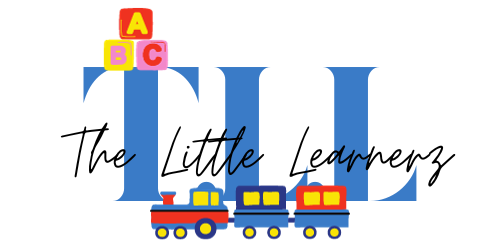Enhancing Classroom Learning: Educator Support for Independent Learning Tools
In the dynamic landscape of education, one constant remains: the importance of fostering independent learning skills among students. As educators, our role extends beyond delivering content; we must equip learners with the tools and strategies they need to thrive in an ever-evolving world. In this pursuit, leveraging classroom learning tools that promote independent learning becomes paramount.
Why Independent Learning Matters
Independent learning empowers students to take ownership of their education, cultivate critical thinking abilities, and develop lifelong learning habits. In today’s digital age, where information is readily accessible, teaching students how to navigate and discern credible sources is invaluable. Independent learning nurtures self-reliance, resourcefulness, and resilience – qualities that are indispensable for success both inside and outside the classroom.
Supporting Independent Learning with Classroom Tools
Educators have a myriad of resources at their disposal to support independent learning in the classroom. Here are several tools and strategies that can enhance the learning experience:
Digital Learning Platforms: Platforms like Google Classroom, Schoology, or Canvas offer versatile tools for organizing materials, facilitating discussions, and providing feedback. These platforms empower students to access resources, complete assignments, and collaborate with peers at their own pace.
Interactive Educational Apps: Educational apps such as Kahoot!, Quizlet, or Duolingo gamify learning and engage students in interactive activities. These tools not only reinforce concepts but also allow learners to track their progress and identify areas for improvement independently.
Online Libraries and Databases: Access to online libraries and databases like JSTOR, EBSCO, or Project Gutenberg expands students’ access to diverse sources of information. Encouraging students to conduct research independently fosters curiosity and hones their information literacy skills.
Creation Tools: Platforms like Canva, Adobe Spark, or Prezi empower students to create multimedia presentations, infographics, or digital stories. Encouraging students to express themselves creatively fosters self-expression and deepens understanding of subject matter.
Learning Management Systems (LMS): LMS platforms such as Moodle or Blackboard provide a centralized hub for course materials, assessments, and communication. These systems streamline administrative tasks and provide a seamless learning experience for both educators and students.
Peer Collaboration Tools: Platforms like Padlet, Flipgrid, or Slack facilitate peer collaboration and communication. Encouraging students to work together on projects promotes teamwork, communication skills, and a sense of community within the classroom.
Personal Learning Networks (PLNs): Educators can leverage social media platforms like Twitter, LinkedIn, or educational blogs to build personal learning networks. Engaging with peers and thought leaders fosters professional growth and enables educators to discover innovative teaching strategies and resources.
Empowering Educators for Effective Implementation
While classroom learning tools offer tremendous potential, their effective implementation hinges on educator support and guidance. Here are some strategies to empower educators in leveraging these tools effectively:
Professional Development: Provide ongoing professional development opportunities focused on integrating technology and promoting independent learning. Collaborative workshops, webinars, and peer mentoring can equip educators with the skills and confidence to incorporate these tools into their teaching practice.
Curriculum Integration: Integrate digital tools seamlessly into the curriculum to enhance learning outcomes. Aligning tools with learning objectives and assessment criteria ensures that technology serves as a means to an end rather than an end in itself.
Pedagogical Support: Offer pedagogical support and resources to help educators design engaging and interactive learning experiences. Encourage experimentation and innovation while providing scaffolding and guidance as needed.
Feedback and Reflection: Foster a culture of feedback and reflection among educators to continuously improve teaching practices. Encourage educators to solicit feedback from students, colleagues, and administrators to refine their use of classroom learning tools.
Community Building: Cultivate a supportive community of practice where educators can share best practices, troubleshoot challenges, and celebrate successes. Platforms like professional learning communities (PLCs) or social media groups can facilitate collaboration and knowledge sharing.
By embracing classroom learning tools that promote independent learning and providing educators with the support they need, we can create dynamic learning environments that empower students to become lifelong learners and critical thinkers. Together, let us embark on this journey to unlock the full potential of independent learning in the classroom.


